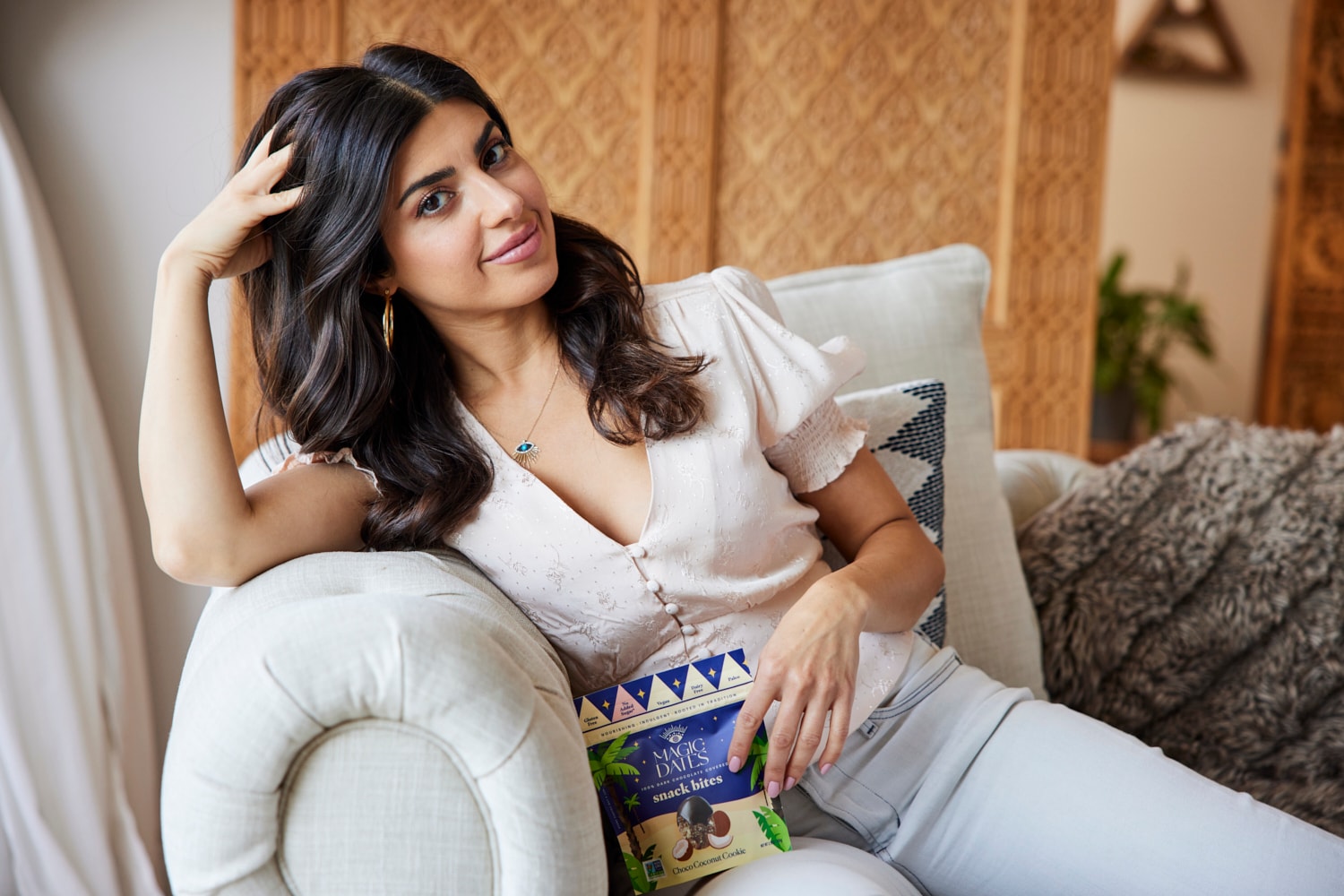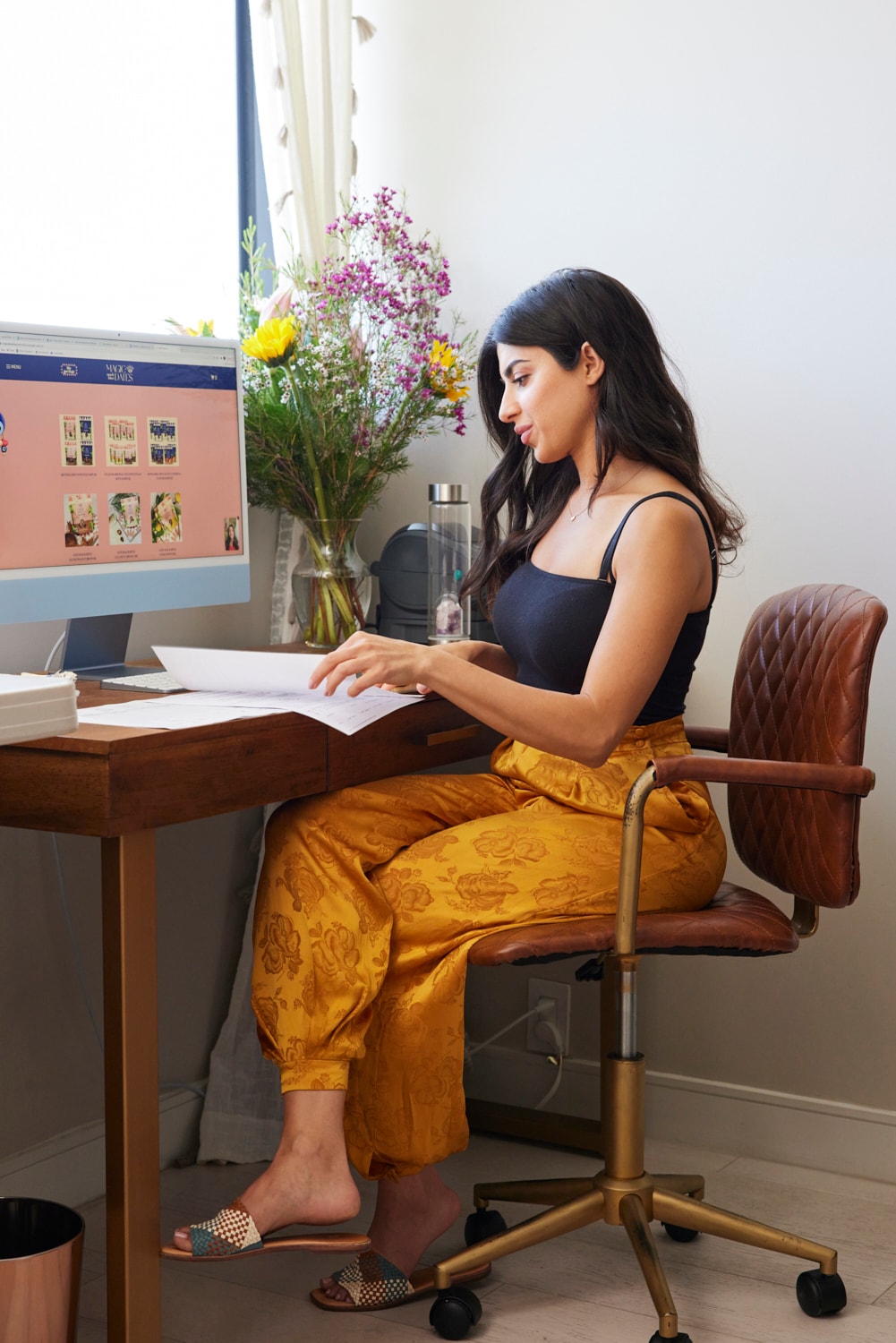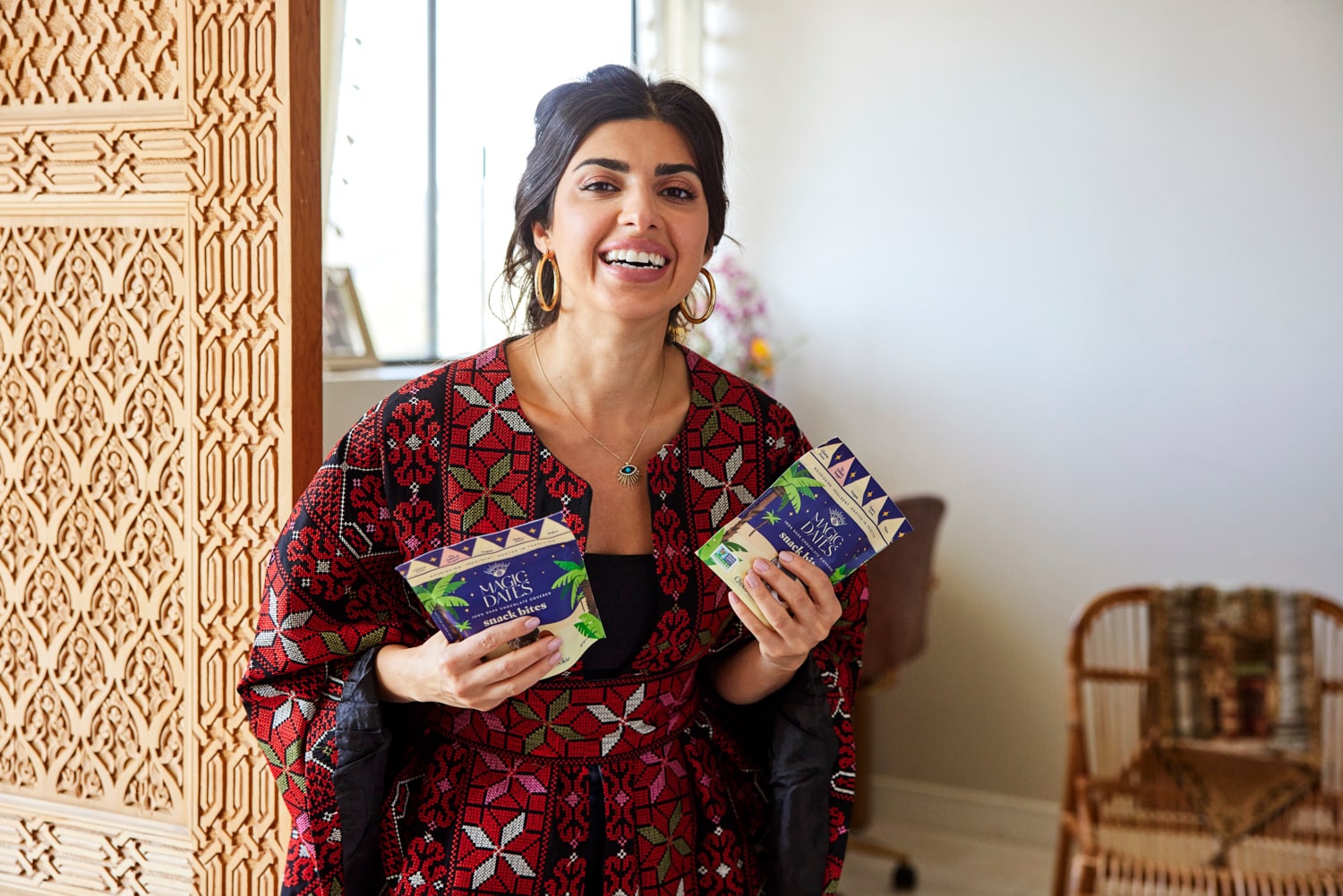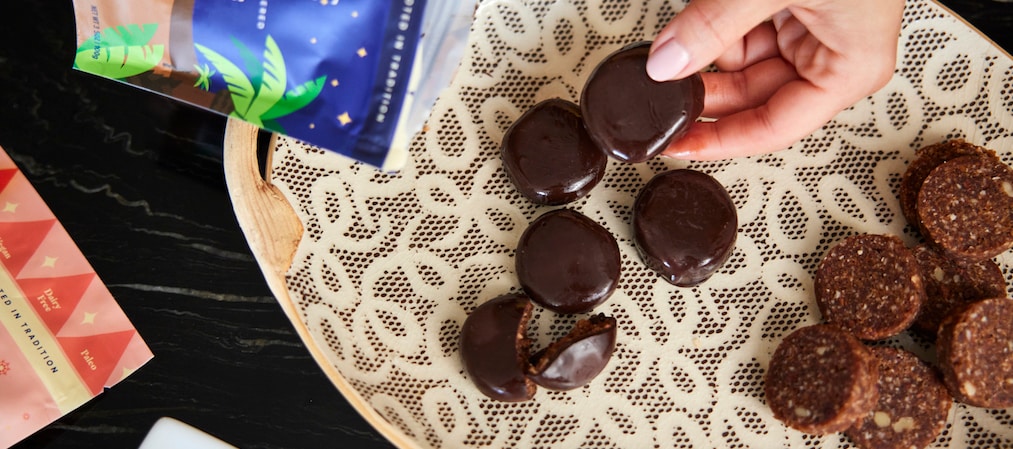I grew up in Syria, where dates are a delicacy as versatile as they are delicious. They're harvested from massive bundles of palm-sized pods that sag down from towering trees, picked and cultivated to be both eaten as a stand-alone fruit and to be pitted and filled with a ton of different ingredients like walnuts, or oranges, or cream cheese. They're delicious by themselves, but they're even better when they're complemented with that extra kick of crunch or bite of sweetness from whatever it is you choose to fill them with.
When I came to the U.S., I found that most folks thought of dates the first way, treating them as fillers, or sweeteners, or binders to other dishes. No one was thinking of them the way that I had remembered eating them as a child -- as a hero ingredient that could play host to a rich array of diverse fillings, giving them a completely new and unique dimension of flavor that enhanced their sweetness. This, essentially, is how the idea for my company, MAGICDATES, was born.
A great idea alone isn't enough to support a sound business, and so as much as I knew that bringing the Syrian interpretation of dates to the American market had a chance to be a hit, I had to first understand the thoughts and behaviors of the people who I thought would buy them. So I did what's called ethnography, which is basically just a fancy way of saying "observing people in the wild." I went to grocery stories, watched people, and observed what they bought -- and what they didn't. What products did they pick up? Were they flipping them over? Were they reading the ingredient list? I also did something called consumer-journey mapping -- interviewing acquaintances and about their food preferences, about the snacks that were a part of their lives -- and basically created a persona based on all of this information.
Then, like a lot of bootstrapped, scrappy entrepreneurs in the food space, I really just started testing in the kitchen with dozens of flavors. I would try them out at local farmer's markets and at friends' workplaces to get some real-world feedback. We launched an uncoated line with three flavors—coconut, chocolate, and lemon.

Diana Jarrar, founder of MAGICDATES
We started by calling it an energy bite. At the time, we saw a lot of people were interested in pre- and post-workout snacks. They wanted “functional” snacks. We thought, “What better than dates?” because 50% of the natural sugars get released immediately and 50% over a period of time. So that’s what we went to market with.
As we landed on more grocers' and stores' shelves, I started to notice we were getting merchandised in weird spots. Sometimes we'd be in the produce aisle with other whole dates, which made sense. Sometimes in the snack aisle, which also made sense. Sometimes with cookies, still made a lot of sense. But sometimes we’d be in the supplements aisle, where you would find caffeine and other energy products. We realized that some people were confused by the “energy bites” description, which we had on our original packaging. All food is energy, but from a consumer's perspective, when they read “energy,” they were expecting something different.
I don't think there's one entrepreneur that can say they started off and ended in the same place.
—Diana Jarrar, founder, MAGICDATES
We were already planning a rebrand of our look and feel and wanted to really learn from our customers. What were they enjoying about MAGICDATES? I would literally just send emails and ask if they could give me 20 minutes of their time in exchange for a discount. I wanted to get at the heart of how and why MAGICDATES fit into their lives—almost the emotional component of it.
I just kept hearing -- from a lot of women, some men -- that they were sick and tired of restricting themselves from things they enjoyed. Over and over, I heard that people were using MAGICDATES as a sweet alternative. It was rare that somebody was taking it to the gym or on a hike. Most people were enjoying it as a bridge between meals or a dessert alternative.

Although MAGICDATES had some interested customers, our thoughts on the brand didn't match.
The consumer feedback surprised me -- it was essentially telling me that our product was a dessert. Which is kind of funny because dates are like the sweetest fruit out there... but that's not what I set out to do. Those initial interviews that helped guide my thinking were with potential customers. These interviews were with actual customers.
I’m actually surprised more entrepreneurs don’t talk about interviewing their customers. I mean, we create these products for people, and then don’t talk to them? If the only way we get feedback is when a customer leaves a review or some stars, that’s unilateral. That doesn’t seem like a conversation to me. Anytime I've picked up the phone, customers were grateful to hear from me and actually delighted to know that their opinions mattered.
We also weren’t telling the origin story in the rich, deep way that we could’ve and that always felt out of alignment. Dates are this ancient fruit that I grew up with and I wanted to share a narrative about coming from the Middle East. Our original packaging was very generic, didn’t communicate that story, didn’t have heart. That clean look was very fashionable at the time, and got us as far as it got us, but it was becoming oversaturated.

Rebranding wasn't as difficult as I thought, and in the end our packaging and website now match the company's story.
Rebranding and repositioning as a sweet or dessert alternative was not something I thought of as difficult or inconvenient, because that's just the nature of entrepreneurship. I don't think there's one entrepreneur that can say they started off and ended in the same place. But I didn't want to make a move based on interviews from a handful of people. So I kept the research going and kept asking around. At the same time, data can only get you so far and you have to just pull the trigger at some point.
The whole process probably took about six months. You don't have to spend a ton of money, but you also shouldn't do it by yourself. You have to do your homework. I just asked around a lot, interviewed some branding companies and checked their portfolios, and at the end of the day, used my gut instinct on who I thought was going to help us manifest what I was imagining.
We now have brand guidelines. The website is completely different. Our social media, our email campaigns, the packaging—anything that the customer touches and experiences is different now. Everything but the product itself.
That just shows you the power of branding. We’ve always had this amazing, delicious, better-for-you snack, but now it’s just getting so much more attention and interest based on what it looks like on the outside. The outside matters.
As told to Rod Kurtz.
Diana's story is part of a series called An American Experience. Read more about her story or her recommendations for making your brand stand out.
Photo: Amanda Friedman




